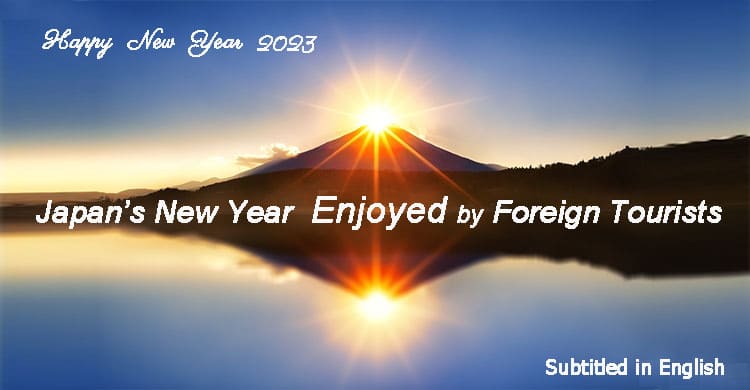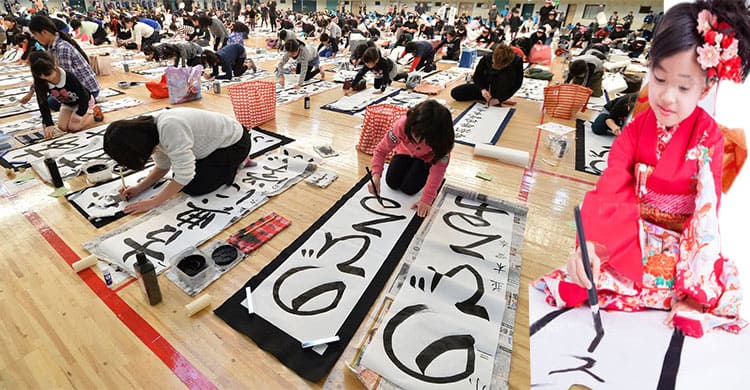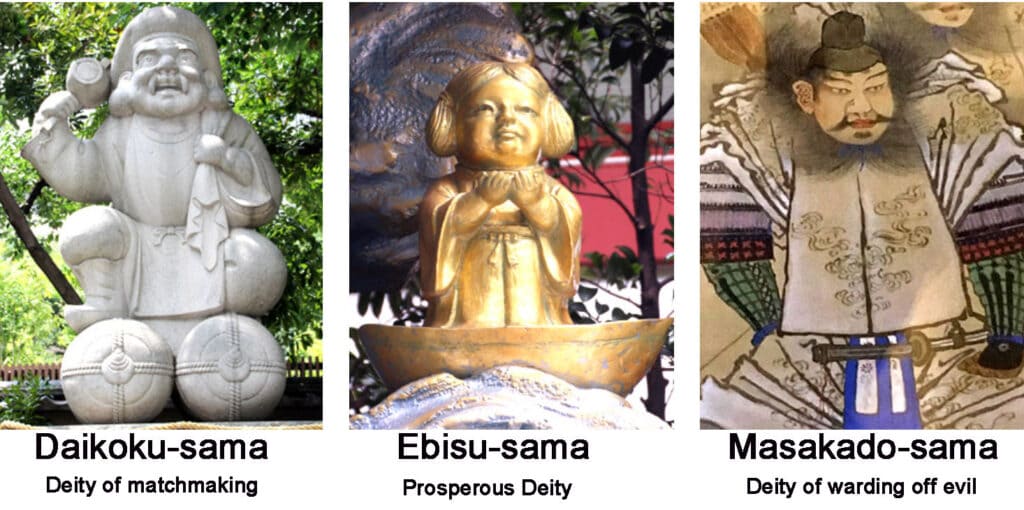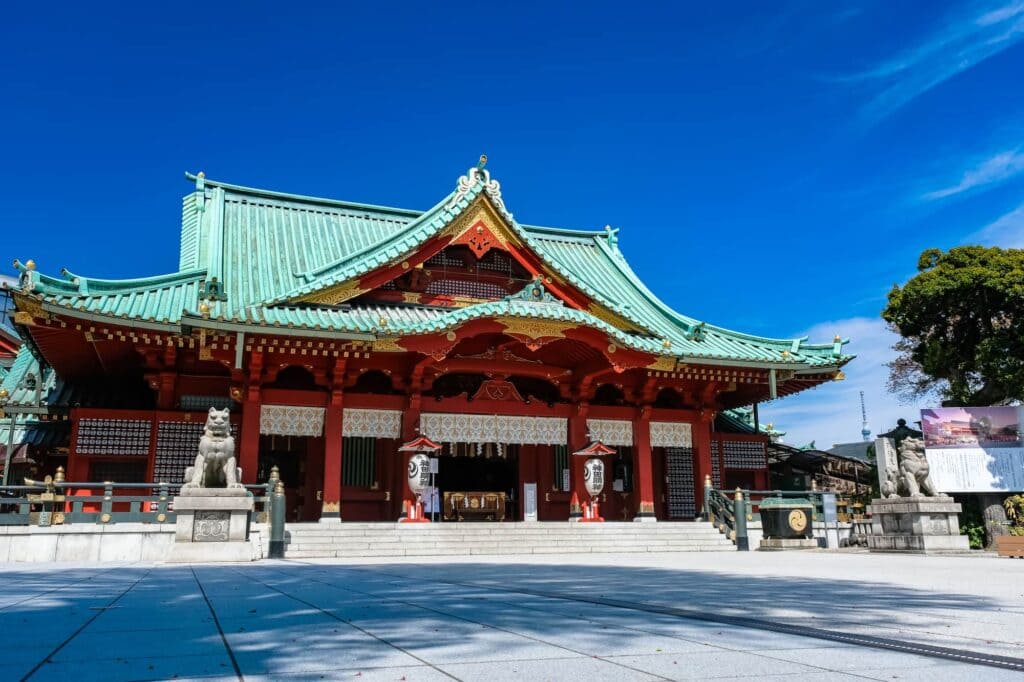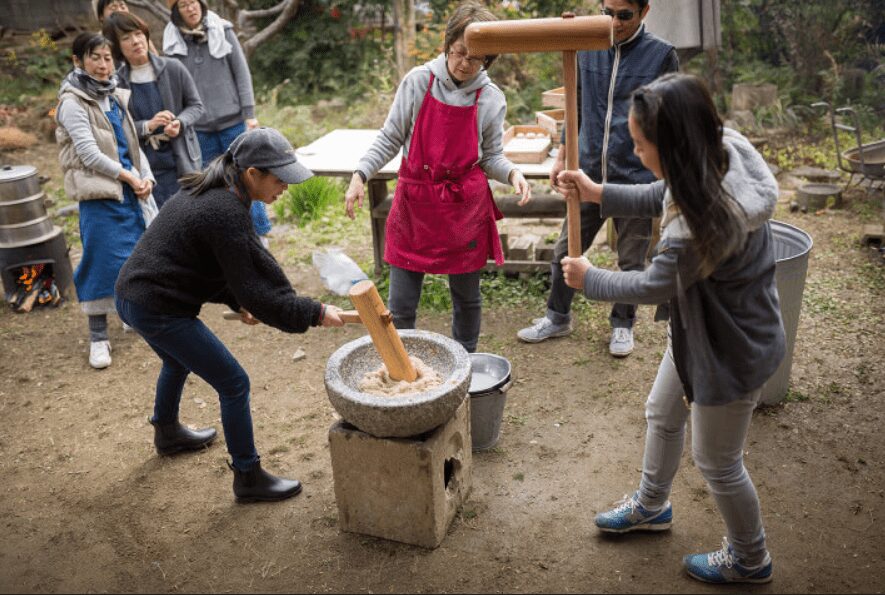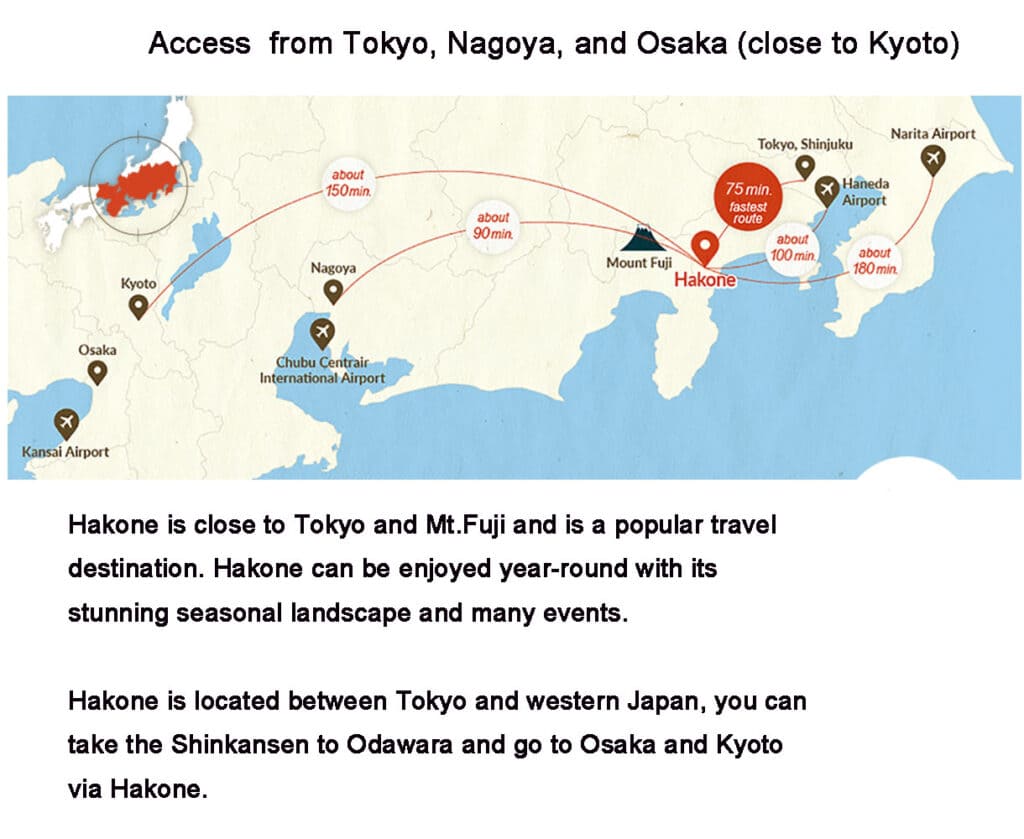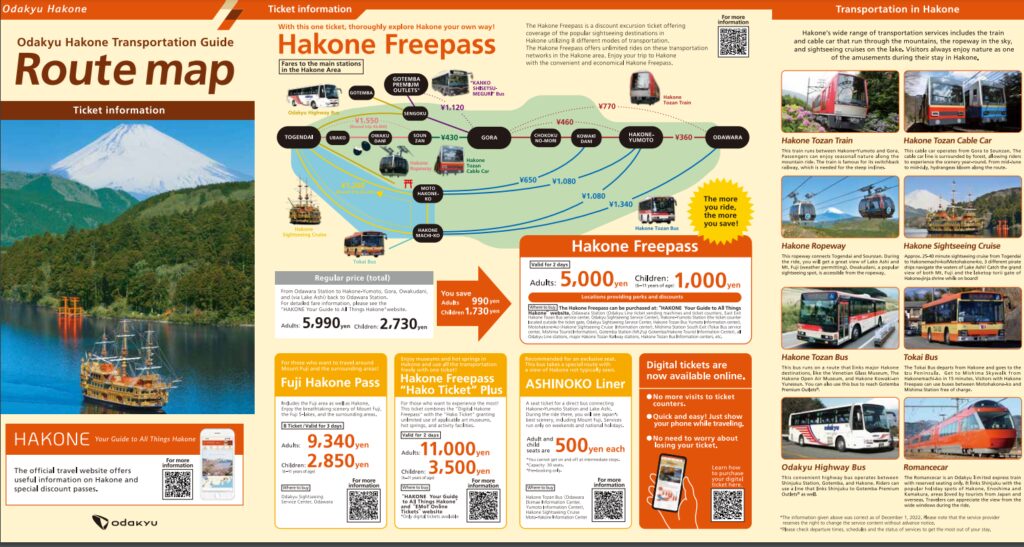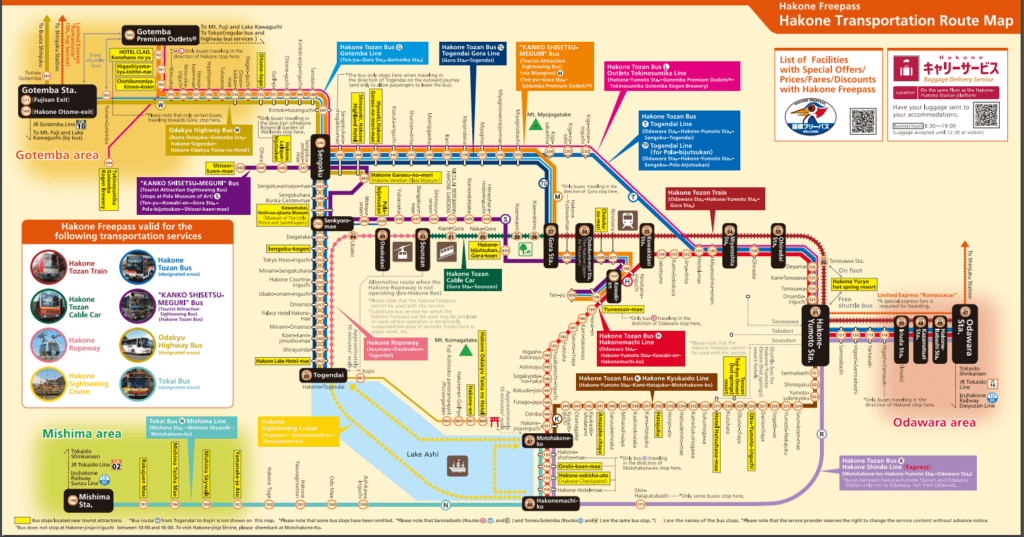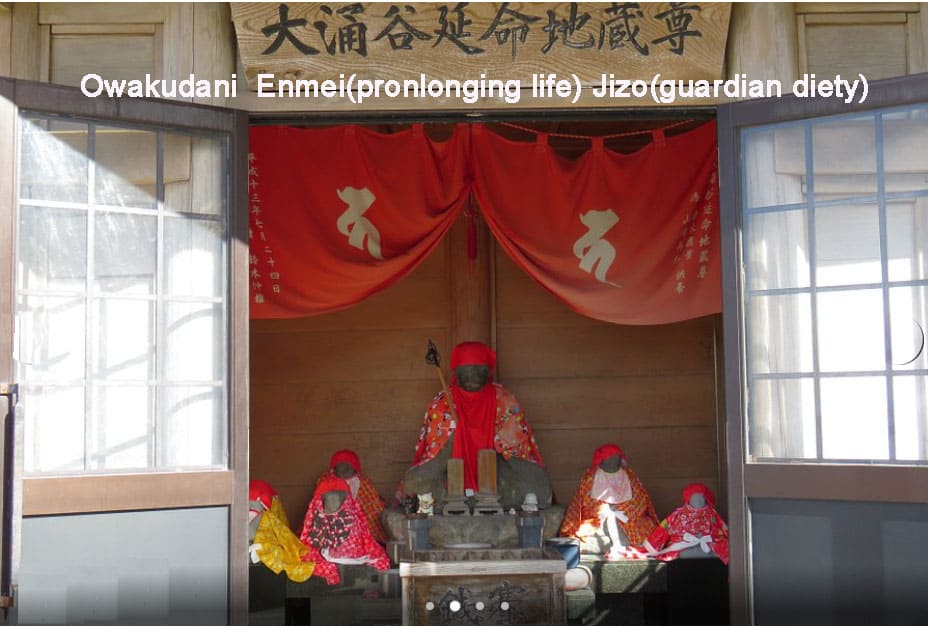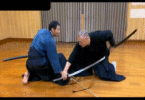Happy New Year 2023!
How are you? Did you have a relaxed time on New Year’s holiday?
Foreign Tourists Enjoy Japanese New Year
First of all, let’s pray for a good year and worship the first sunrise of the year.
⓵ Hatsu Hinode: First Sunrise of the year
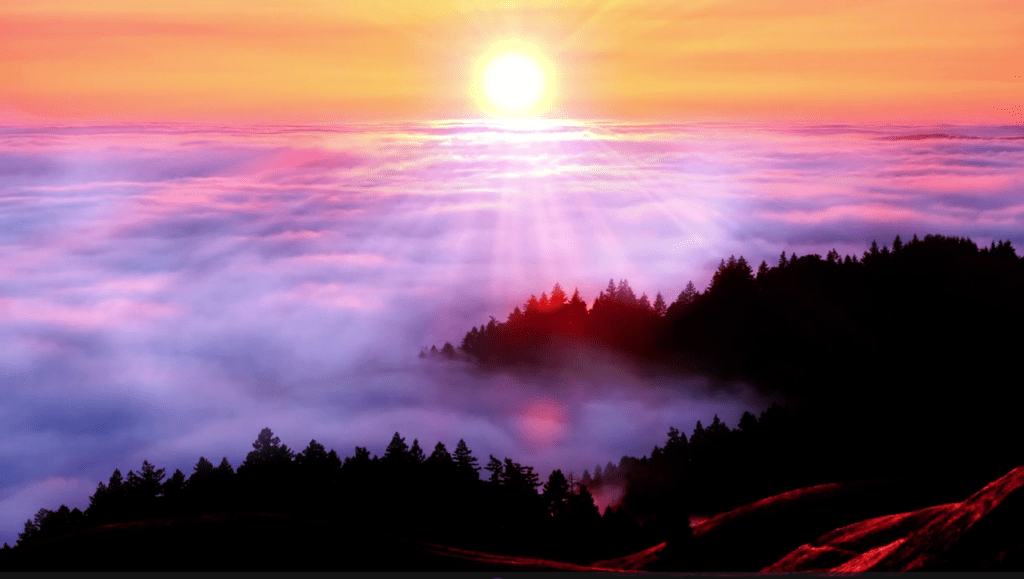
Then please enjoy the video with English subtitles.
⓶ Hatsumode: The practice of visiting a shrine or a temple during the New Year/at the beginning of the new year

⓷ Kakizome: First calligraphy(beautiful handwriting that you do with a special pen or brush; the art of producing this) of the year
⓸ Kanda Myoujin Shrine: The Shrine was first built about 1,300 years ago and moved twice to the the current site in 1616 in Chiyoda-ward, Tokyo.
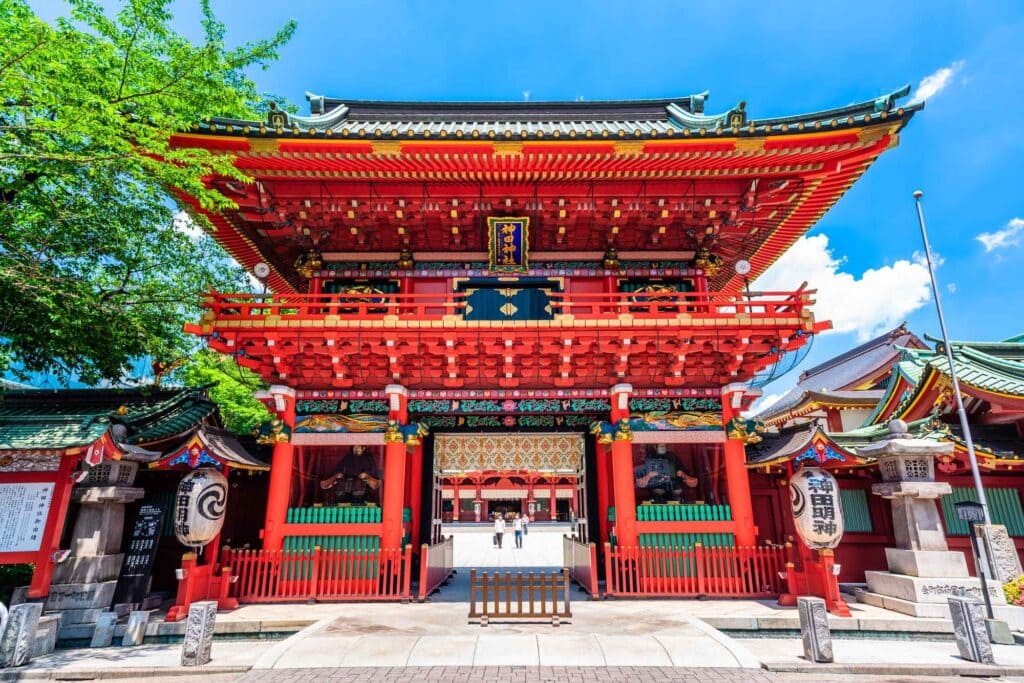
The three enshrined Deities are Daikoku-sama (Ohnamuchi-no-mikoto), Ebisu-sama (Sukunahikona-no-mikoto) and Masakado-sama (Taira-no-Masakado-no-mikoto).
Kanda Myoujin was much revered by the warrior class. In particular, during the Edo (1603~1868) period, general Tokugawa paid high respect to the shrine, which later gained popularity amongst the general people.
Thus “Kanda Matsuri(Festival)” held every other year in May has come to become one of the three most renowned festivals in Japan.
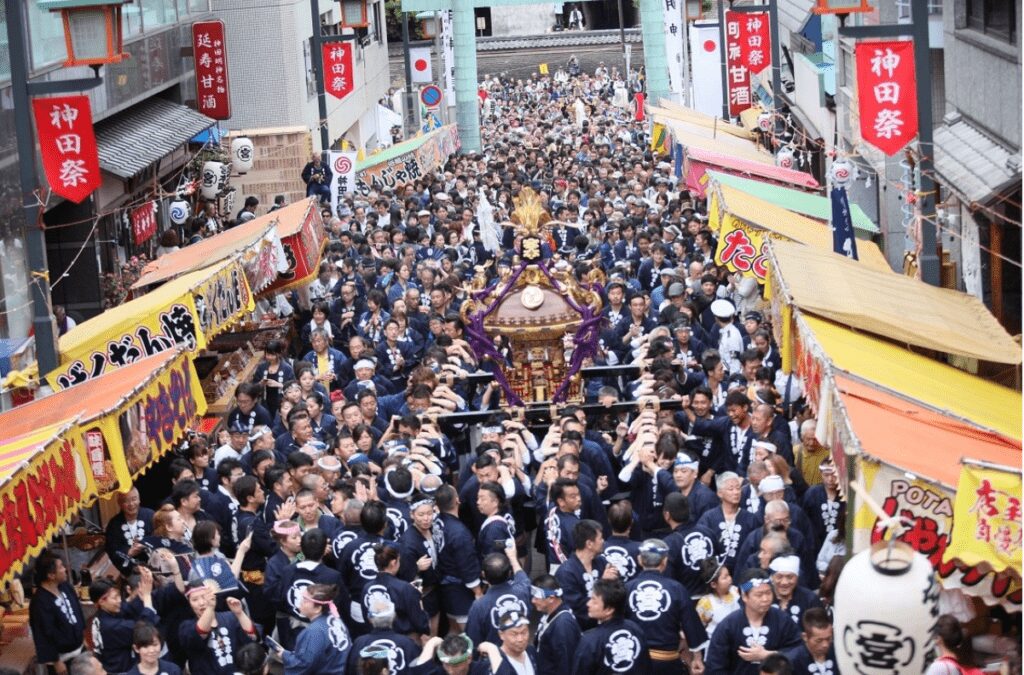
⓹ Yakisoba: It is to stir fried noodles with pork or seafood, vegetables, and a sweet and salty sauce
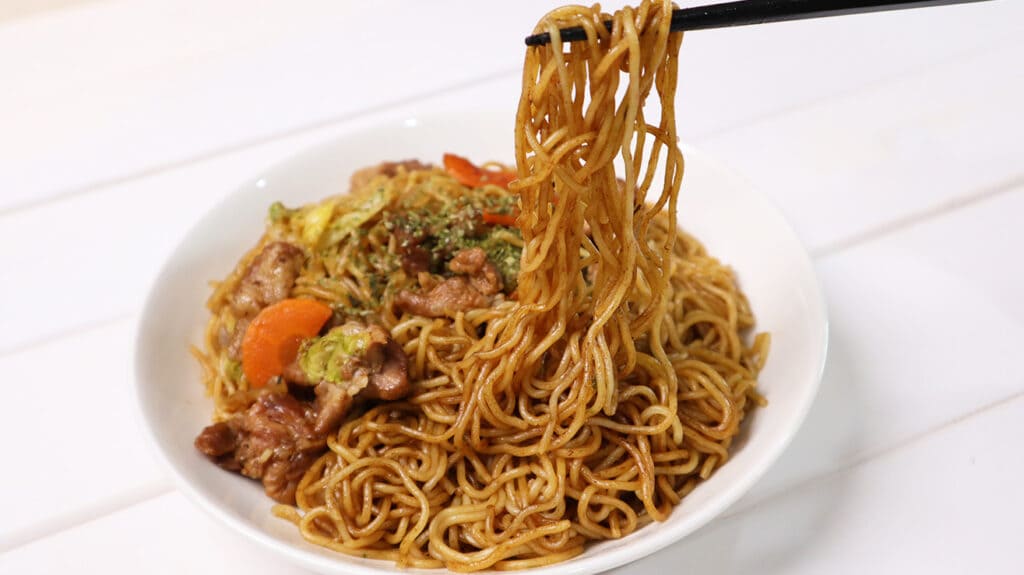
⓺ Mochitsuki: We pound steamed glutinous rice (mochigome) in a large mortar (usu) with a mallet (kinu) to make mochi sometime around the new year.
It is called “mochitsuki” and one of Japanese traditional ceremonies that take place around the new year.
⓻ Oshiruko: sweet red-bean paste soup with mochi(There is a custom of eating rice cakes for New Year’s in Japan, if you try to eat a lot of mochi at once, they get stuck in your throat.)
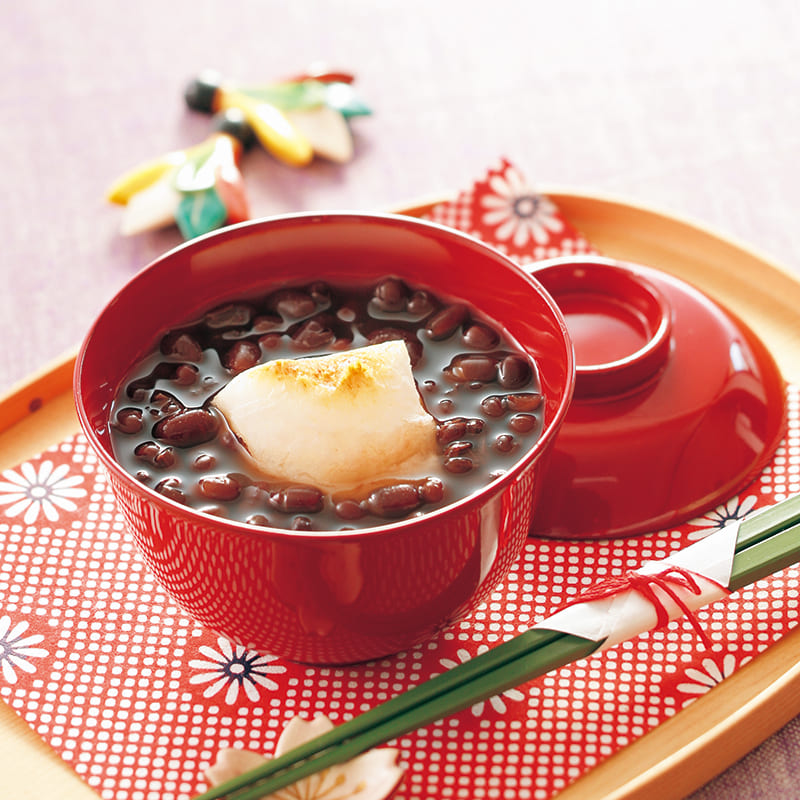
⓼ Hanamochi: New Year’s decoration of willow、etc. branches with colored rice balls
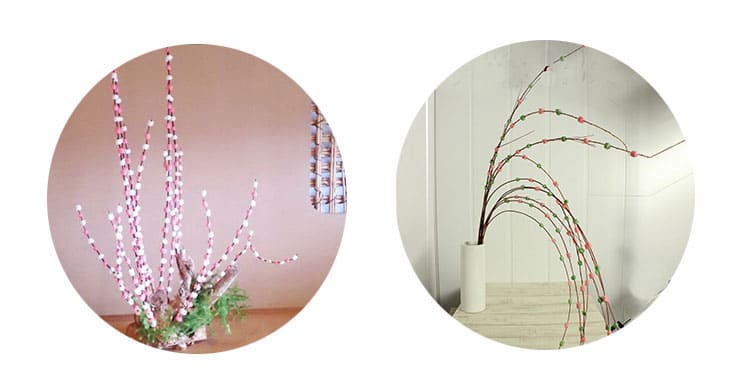
Let’s go to Hakone
please enjoy the video with English subtitles.
⓵ Hakone
⓶ Mt.Fiji
Please take a quick browse through my blog “Mount. Fuji (Mt. Fuji) , the mother mountain to the Japanese”
⓷ Owakudani
Ōwakudani (lit. “Great Boiling Valley”) is a volcanic valley with active sulphur vents and hot springs in Hakone, Kanagawa Prefecture, Japan. It was created around 3,000 years ago, as a result of the explosion of the Hakone volcano.
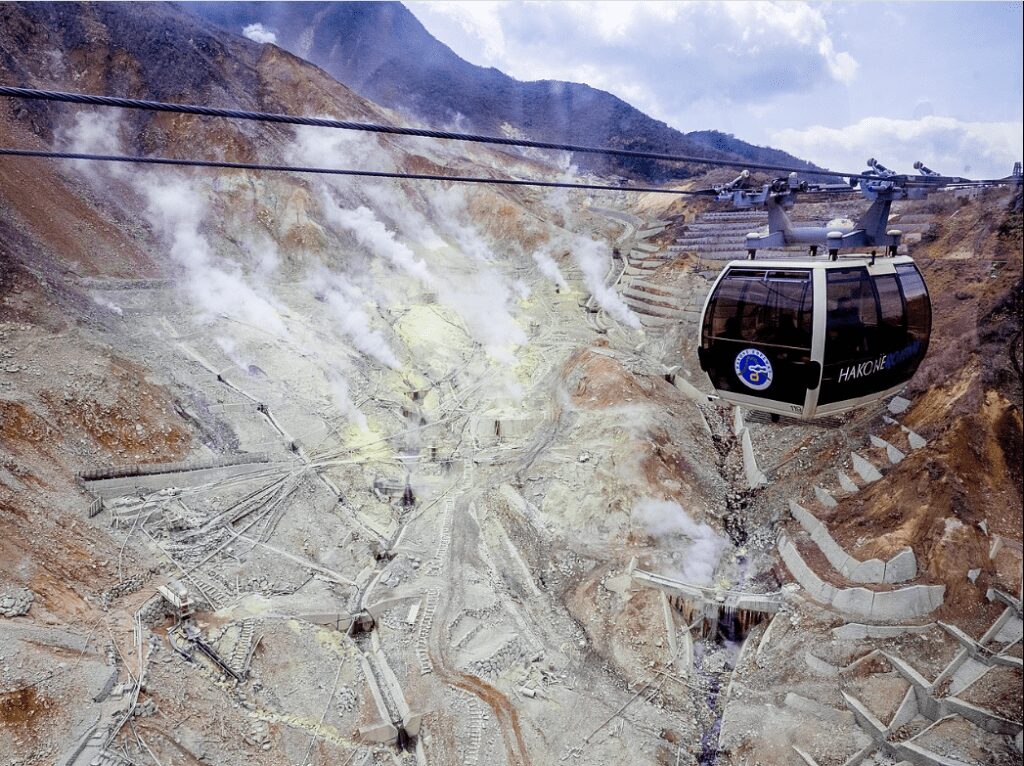
It is a popular tourist site for its scenic views, volcanic activity, and black egg — a local specialty of eggs hard-boiled in the hot springs. The eggs turn black and smell slightly sulphuric; eating one is said to add seven years to your life.

Upon seeing the hellish scenery, when Koubu Daishi visited Owakudani more than a thousand years ago, he offered prayer to Bodhisattva. The Enmei-jizo in Owakudani is said to have its origin in the prayer.
⓸ Ashino-ko(lake) Pretty caldera lake with views of Mount Fuji
Lake Ashino-ko was formed in the caldera of Mount Hakone after the volcano’s last eruption 3000 years ago. Today, the lake with Mount Fuji in the background is the symbol of Hakone. The lake’s shores are mostly undeveloped except for small towns in the east and north and a couple of lakeside resort hotels.

The best views of the lake in combination with Mount Fuji can be enjoyed from Moto-Hakone (a few steps south from the sightseeing boat pier), from the Hakone Detached Palace Garden and from the sightseeing boats cruising the lake.
A popular cafe restaurant on the lakeside of Ashino Lake. The bakery on the first floor and the footbath in front of it, the cafe on the 2nd floor and the restaurant on the 3rd floor. The higher the floor, the better the view. The best is the bar seat of the restaurant on the 3rd floor.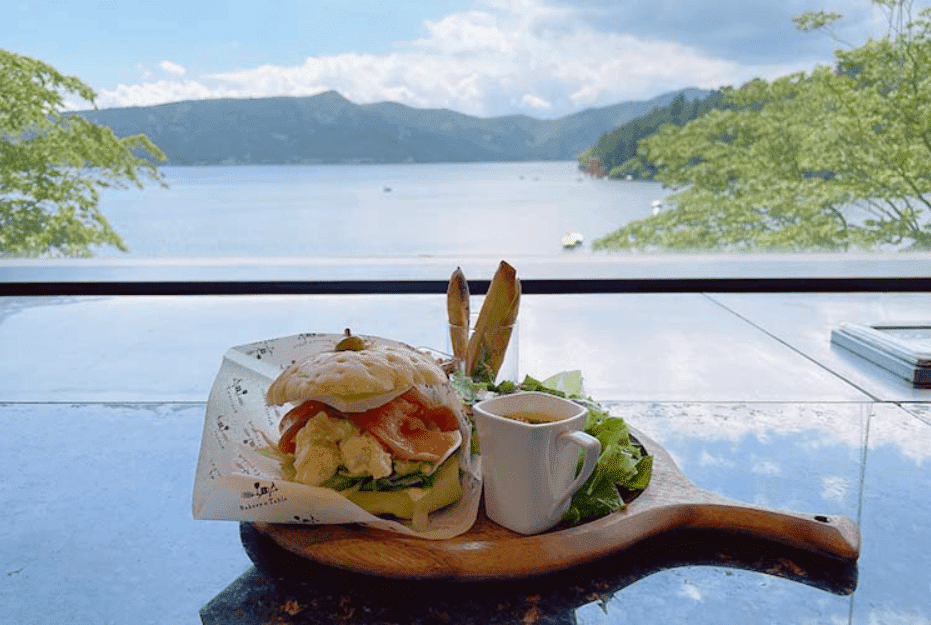
Thanks for browsing, have a good time to Hakone!

